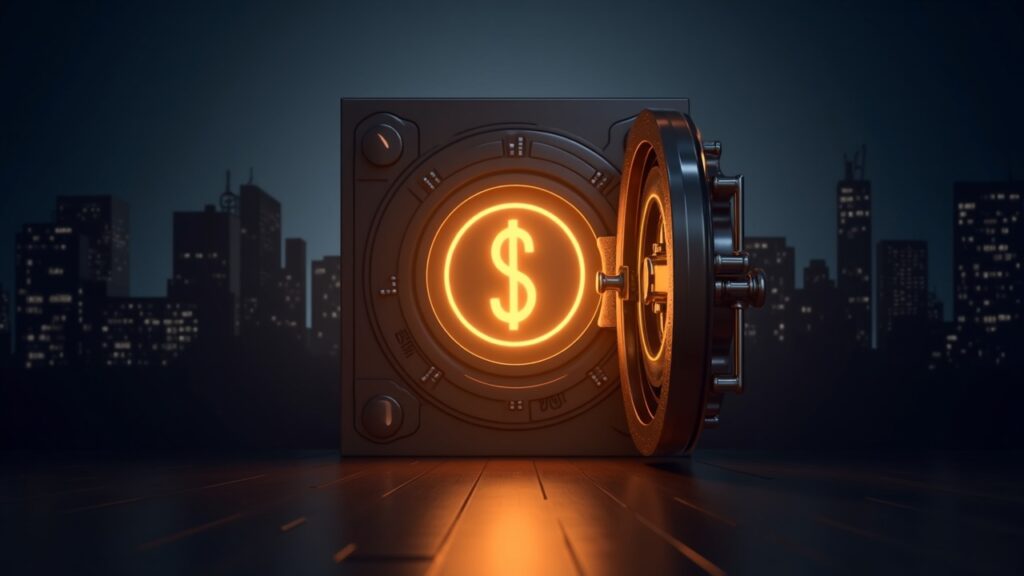The stablecoin market is approaching a $300 billion capitalization amid rapid capital inflows. The Senate’s GENIUS Act and issuer decisions are shifting how traders, exchanges, treasuries, and DeFi protocols manage liquidity and reserves. JPMorgan notes that Circle, the firm behind USDC, has advanced during this period, as market dynamics evolve around regulation, competition, and design trade-offs.
The market added capital fast and now totals about $300 billion. USDC’s share rose to 25% by 30 September 2025, while USDT holds 59%. Together they control 84%, down from a former peak of 92%, as newer tokens such as USDe attract users and liquidity spreads toward additional issuers.
The new rules for stablecoin market
A stablecoin is a digital token that keeps a one-to-one value with a fiat currency through reserves or algorithmic tools. This stability mechanism underpins how traders, exchanges, treasuries, and DeFi protocols use liquidity and reserves, and helps explain why shifts in market share and design choices can quickly influence confidence and flows.
The Senate’s GENIUS Act would assign stablecoin oversight to federal bank regulators and set a national rulebook. It implies stricter transparency and security standards, signaling a move toward bank-style supervision that could standardize practices across issuers.
Circle’s corporate steps are linking USDC more closely to conventional finance. The company filed for a U.S. IPO and partnered with Deutsche Börse, moves that appeal to institutions that prefer regulated assets and may strengthen access to traditional-market infrastructure.
Centralization still poses risk. Circle’s plan to let certain USDC transfers be reversed drew pushback from parts of the crypto community, with critics warning it weakens finality and invites censorship. Circle counters that reversibility helps curb fraud and crime, exposing a core friction between security goals and DeFi ideals.
Regulatory pressure and corporate action are redrawing the stablecoin map. USDC is climbing while debates over control and reversibility remain unsettled, and the fate of the GENIUS Act—along with user reactions to features such as reversible transfers—will shape the next phase.

